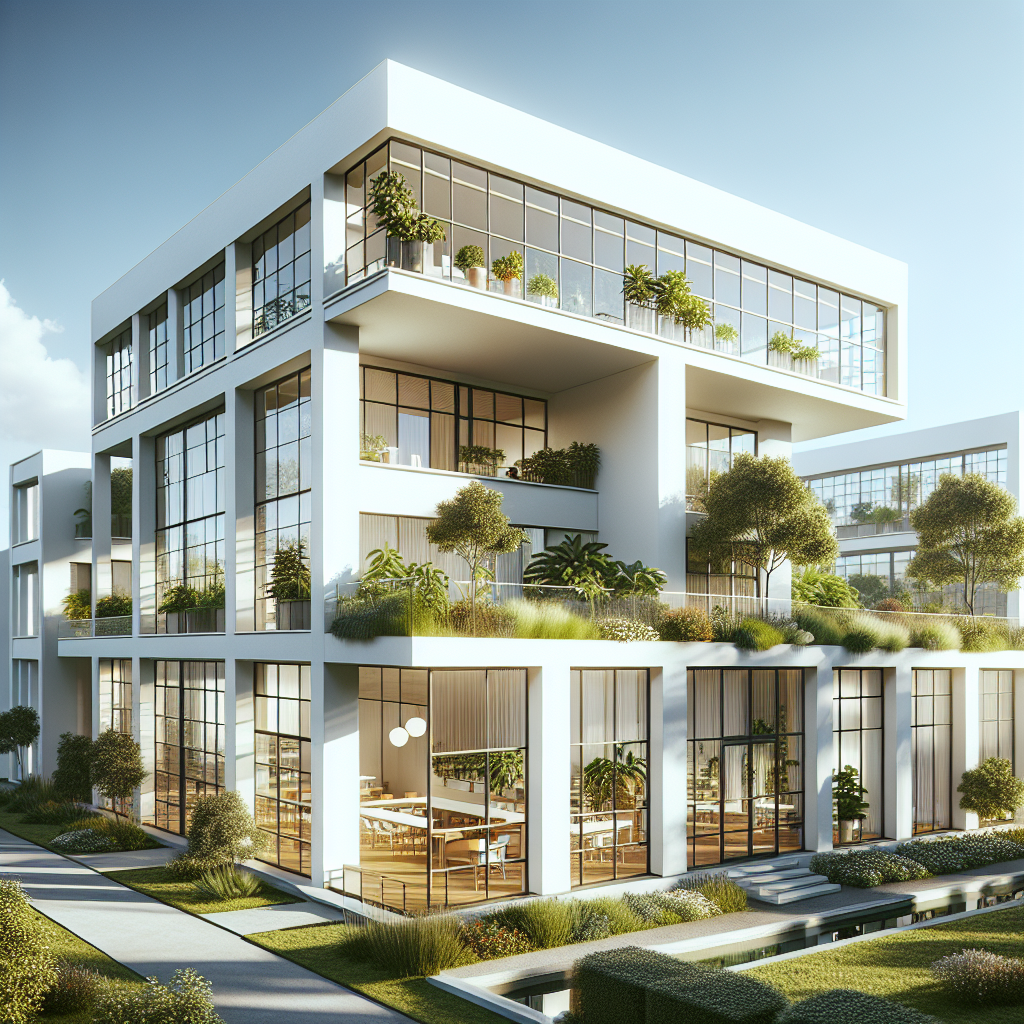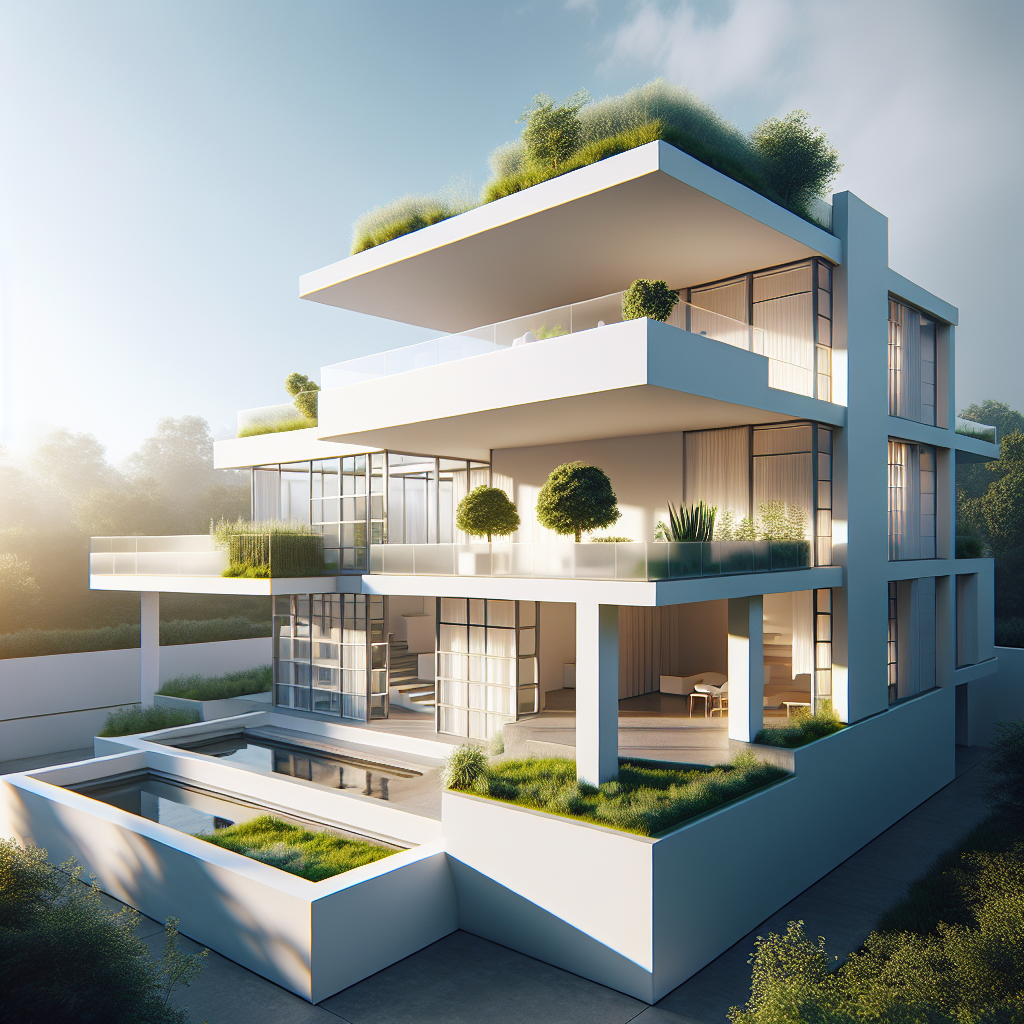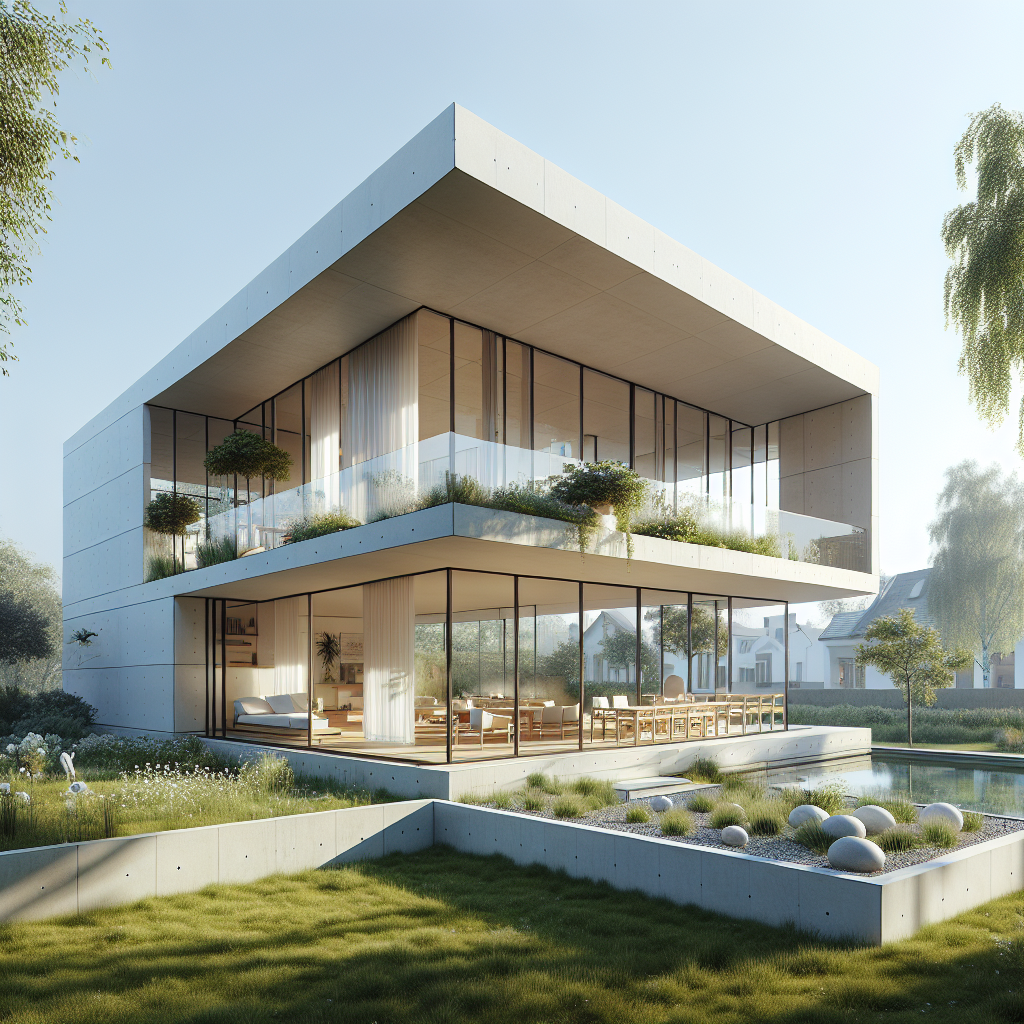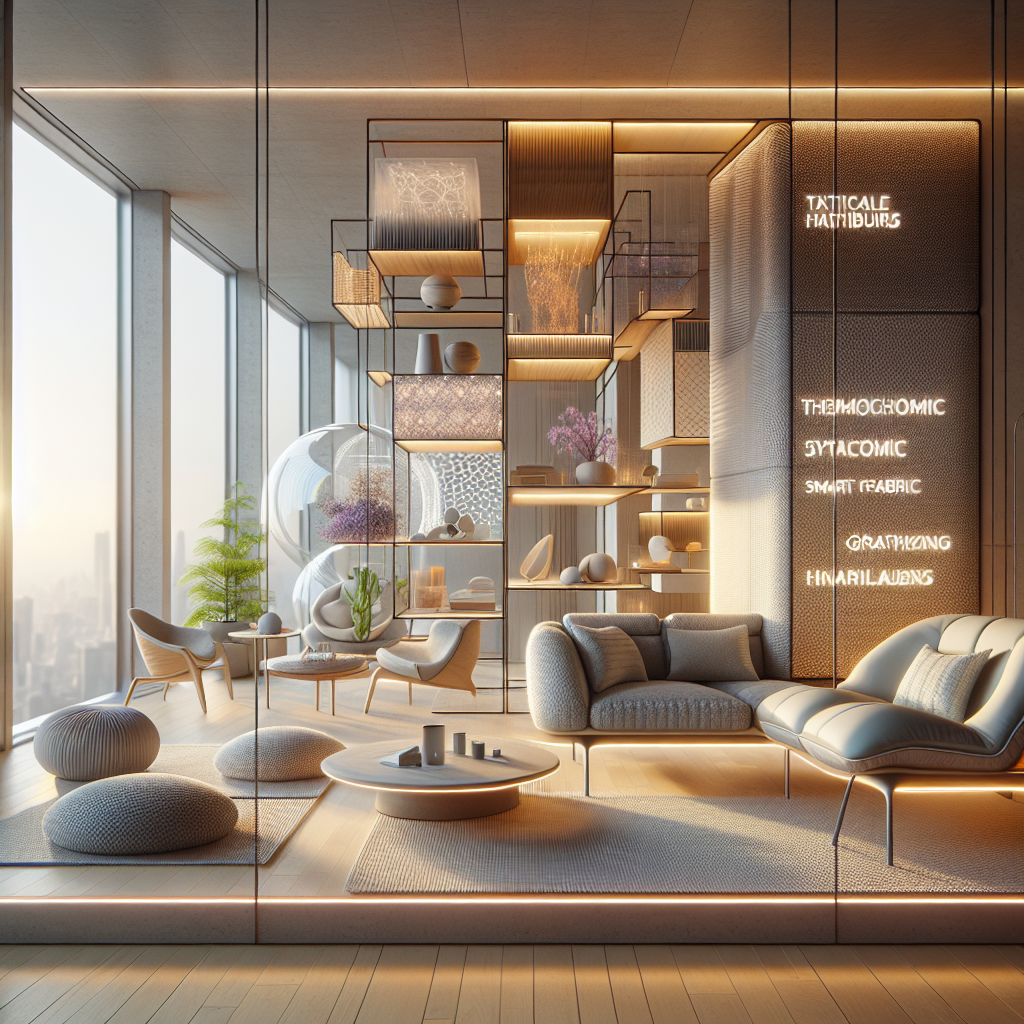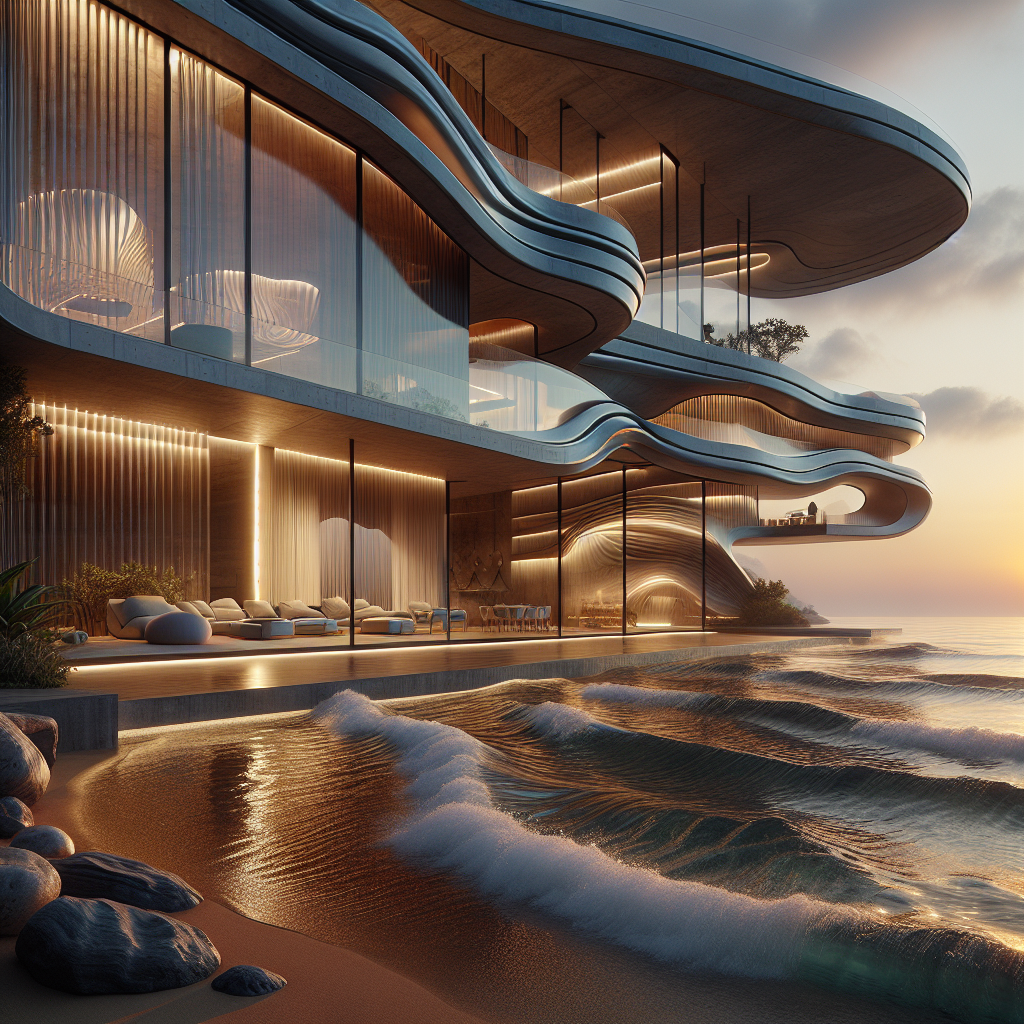Bauhaus Architecture: Lessons from the Iconic Modernist Movement
Bauhaus Architecture: Lessons from the Iconic Modernist Movement
In the vibrant tapestry of architectural history, few movements have resonated as profoundly as the Bauhaus. Emerging from the ashes of post-World War I Germany, Bauhaus architecture embodied a revolutionary spirit, blending functionality, minimalism, and aesthetic purity. Today, nearly a century after its inception, the Bauhaus ethos continues to influence contemporary design, urban planning, and architectural thought. For design professionals and enthusiasts alike, revisiting Bauhaus principles offers valuable insights into creating spaces that are timeless, sustainable, and deeply human-centric.
The Bauhaus Legacy: Form Follows Function
At its core, Bauhaus architecture championed the principle that “form follows function”. This mantra, first articulated by architect Louis Sullivan and later embraced by Bauhaus founder Walter Gropius, advocated for designs stripped of unnecessary ornamentation, focusing instead on the intrinsic purpose of each structure. Buildings such as the iconic Bauhaus Dessau, with its sleek lines, expansive glass façades, and open floor plans, exemplify this ethos. The transparent walls of glass allowed natural light to flood interiors, creating spaces that were not only visually appealing but also deeply functional.
This functionalist approach remains highly relevant today, especially in the context of sustainable architecture. Contemporary architects, inspired by Bauhaus principles, prioritize designs that minimize waste, maximize energy efficiency, and enhance occupant well-being. Projects like net-zero energy buildings reflect the enduring influence of Bauhaus ideals, demonstrating that aesthetic simplicity and environmental responsibility can coexist harmoniously.
Integration of Art, Craft, and Technology
The Bauhaus movement uniquely integrated art, craft, and technology, dissolving traditional boundaries between disciplines. Walter Gropius envisioned the Bauhaus as a holistic educational institution where artists, architects, and craftsmen collaborated to create designs that were both beautiful and practical. This interdisciplinary approach led to groundbreaking innovations in furniture design, typography, and architecture.
Consider Marcel Breuer’s Wassily Chair, a masterstroke of minimalist design that combined tubular steel with leather straps, creating a lightweight yet sturdy piece that remains iconic today. Similarly, the Bauhaus Dessau’s structural use of reinforced concrete and glass showcased the seamless fusion of industrial technology with artistic vision. This synthesis of disciplines continues to inspire contemporary designers, as seen in projects like digital fabrication, where advanced technology meets artisanal craftsmanship to produce innovative architectural forms.
Human-Centric Design and Spatial Efficiency
Bauhaus architects prioritized human experience, crafting spaces that were not only aesthetically pleasing but also profoundly livable. Emphasizing spatial efficiency, Bauhaus designs eliminated superfluous elements, focusing instead on creating interiors that enhanced comfort, functionality, and well-being. The use of modular furniture, built-in storage solutions, and open-plan layouts maximized usability, making even compact spaces feel expansive and inviting.
Today, as urban populations swell and living spaces shrink, Bauhaus-inspired principles offer invaluable lessons. The rise of micro-living spaces and modular apartments underscores the continued relevance of Bauhaus ideals. By embracing minimalism, multifunctionality, and spatial efficiency, contemporary architects can design urban dwellings that are both practical and emotionally satisfying.
Bauhaus and Biophilic Design: A Natural Harmony
Although the Bauhaus movement emerged in an era dominated by industrialization, its principles align remarkably well with contemporary biophilic design. Bauhaus architects often incorporated natural elements, such as abundant daylight and seamless indoor-outdoor transitions, to create healthier, more pleasant environments. The expansive glass façades of the Bauhaus Dessau blurred boundaries between interior spaces and the natural world, fostering a sense of connection and tranquility.
Today, biophilic design, which emphasizes integrating nature into built environments, has gained significant traction. Studies have shown that biophilic elements improve mental health, productivity, and overall well-being. Architects and designers, inspired by Bauhaus principles, increasingly incorporate features such as green roofs, vertical gardens, and natural materials into their projects, creating spaces that resonate deeply with human needs and aspirations.
Bauhaus in the Digital Age: Lessons for the Future
As we navigate the complexities of the digital age, Bauhaus principles offer a compelling framework for addressing contemporary architectural challenges. The movement’s emphasis on simplicity, functionality, and human-centric design aligns seamlessly with emerging technologies and trends. For instance, the integration of artificial intelligence and parametric design allows architects to create forms that are both innovative and deeply functional, echoing the Bauhaus ethos of merging art and technology.
Moreover, the rise of virtual and augmented reality tools, as explored in virtual reality in architecture, enables designers to visualize and refine spaces with unprecedented precision. These technologies facilitate collaboration, experimentation, and user engagement, embodying the interdisciplinary spirit that defined the Bauhaus movement.
Preserving the Bauhaus Heritage: A Global Responsibility
Despite its profound influence, many original Bauhaus structures face threats from neglect, urban development, and environmental degradation. Preserving these architectural treasures is crucial, not only for their historical significance but also for the enduring lessons they offer contemporary architects and designers. UNESCO’s designation of Bauhaus sites as World Heritage emphasizes the global importance of safeguarding this legacy.
Efforts to restore and maintain Bauhaus buildings, such as the meticulous renovation of the Bauhaus Dessau, provide valuable case studies in adaptive reuse and heritage conservation. By learning from these preservation initiatives, architects can better understand how to balance historical authenticity with contemporary functionality, ensuring that iconic structures continue to inspire future generations.
Bauhaus Today: A Timeless Inspiration
Nearly a century after its founding, the Bauhaus movement remains a beacon of inspiration for architects, designers, and urban planners worldwide. Its principles of functionalism, interdisciplinary collaboration, human-centric design, and integration with nature continue to resonate deeply, guiding contemporary projects toward greater sustainability, innovation, and aesthetic clarity.
As we confront the challenges of urbanization, climate change, and technological disruption, revisiting Bauhaus ideals offers invaluable insights. By embracing the movement’s timeless wisdom, today’s architects can craft spaces that are not only visually striking but also profoundly meaningful, sustainable, and responsive to human needs.
Ultimately, the Bauhaus legacy reminds us that great architecture transcends mere aesthetics, embodying a deeper commitment to improving human life, fostering community, and harmonizing with the natural world. As we continue to explore new frontiers in design and architecture, the enduring lessons of the Bauhaus movement provide a guiding light, illuminating pathways toward a more thoughtful, sustainable, and beautiful built environment.
